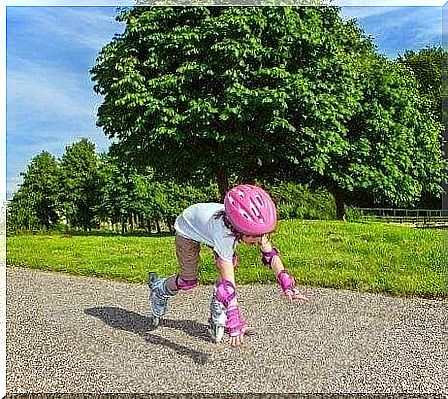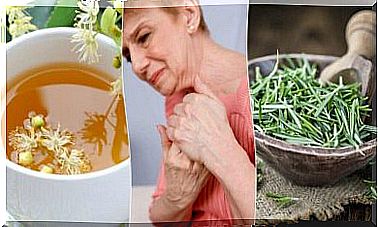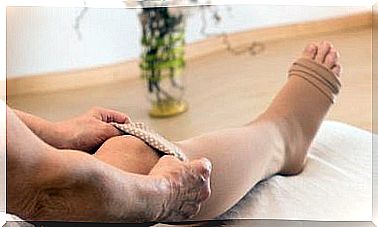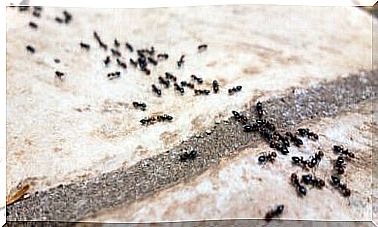Injuries To Hands And Fingers In Children

From the moment we are born, we are curious to explore our surroundings. Children touch things and put them in their mouths because they experiment with their tactile sensitivity. Therefore, they are also more likely to suffer from hand and finger injuries.
There is a graphic representation of the body’s sensitivity called Penfield’s Homunculi, first described by Dr. Penfield, a neurosurgeon who became famous in the fifties for his work on the brain areas. If you look at the drawing, you can see that the lips and hands are larger because they have many sensory nerves. This is precisely why children like to touch everything and put everything in their mouths.
In addition, as children grow and begin to walk, they develop their balance system. Thus, they put their hands on the ground as a reflex to protect their head, if they fall.
Injuries to hands and fingers in children due to accidents
Injuries to the hands and fingers are very common.
Unfortunately, homes are also filled with dangers that children must avoid. Electric burns and cuts on the fingers are the most common accidents in the home. Therefore, it is very important to know what the most common injuries to the hands and fingers are and how to treat them to avoid complications.
The most common injuries to hands and fingers
As we mentioned earlier, hand and finger injuries are very common in children. Here are some common types of injuries:
- Submerged wound (what we know as a cut): The children’s skin is very thin, so it happens that they touch the edges of a box, cut themselves on small stones on the floor, and so on.
- Shock : These occur after a fall. They are usually associated with hematomas and bruises. If the fall is severe, they may break your wrists or a finger.
- Meat wounds: These are the most difficult to treat, as the wounds are deeper when an object penetrates the skin. This also increases the risk of infections. In this case, you need to make sure that there are no foreign body residues in the tissue and you need to clean the wound well.
- Abrasions : These are sores that occur when the skin is rubbed against the ground in a fall. The knees tend to suffer most often from these, but they can also occur on the hands (eg when a child falls off the bike or in the schoolyard).
How to treat injuries to hands and fingers
No matter what type of wound it is, you should follow a number of guidelines to avoid infection.
- First of all, you need to make sure that there are no traces of foreign bodies on the inside of the skin, and clean the area.
- The skin is full of small blood vessels. So even though the wound is very superficial , it can bleed a lot. Apply cold water or ice (preferably with a gauze bandage to prevent direct contact with the skin). This constricts the blood vessels. In addition, the cold helps reduce inflammation.
- Then you need to disinfect the wound. Commercial solutions such as iodine or Pyrisept are very effective.
- If the injury has not improved or if it is a very dirty and profound injury, we recommend that you take the child to the doctor and check their vaccination card. Stitches may be needed to prevent complications and promote healing.









